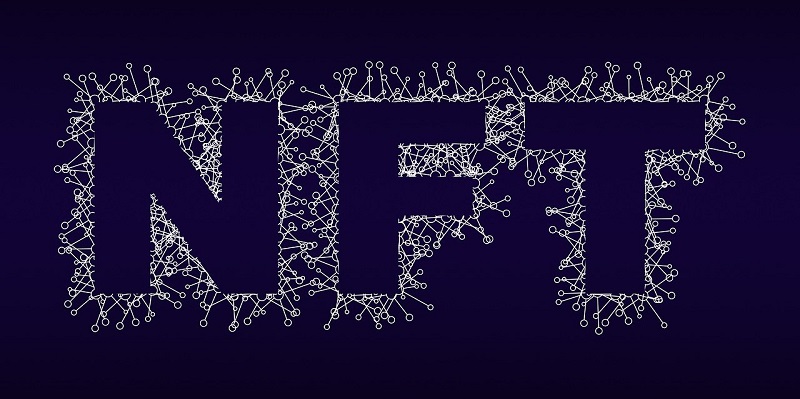The world of digital art and collectibles has undergone a revolutionary transformation with the rise of non-fungible tokens (NFTs). These unique digital assets, built on blockchain technology, have become a hot topic in the artistic and digital communities. In this comprehensive guide, we will walk you through the step-by-step process of creating and selling your very own NFTs.
Choosing Content for the NFT
The first crucial step in creating an NFT is selecting the content you want to turn into a unique digital asset. Whether it’s digital artwork, music, video, or any other digital file, ensure that the content you choose holds value and has an audience willing to invest in it.
Selecting a Blockchain and Acquiring Cryptocurrency
To mint an NFT, you’ll need to choose a blockchain platform to host your digital asset. Ethereum and Binance Smart Chain are popular choices, but do your research and select one that aligns with your goals. Additionally, acquiring cryptocurrency is necessary as it serves as the currency to pay for the fees associated with minting NFTs.
Selecting a Blockchain Platform and NFT Marketplace
Once you have chosen your blockchain platform, select a compatible NFT marketplace. Popular platforms like OpenSea, Rarible, and SuperRare are worth exploring. These marketplaces act as bridges between creators and buyers, facilitating the listing and selling of NFTs.
Creating the NFT
With your content, blockchain platform, and NFT marketplace in place, it’s time to create your NFT. Most marketplaces provide a simple “create” option, allowing you to upload your digital file. Alongside the upload, you’ll be asked to provide a name, description, and specify the blockchain for your NFT.
Setting a Price for the NFT
Determine the value of your NFT and set a price accordingly. While you can choose any currency, Ethereum or Binance Coin are commonly used. Consider factors such as the uniqueness of your asset, demand within the marketplace, and the perceived value attached to your artwork.
Choosing Between an Auction or Fixed-Price Sale
Decide whether you want to sell your NFT through an auction or a fixed-price sale. Auctions allow potential buyers to bid on your NFT, potentially driving up the final sale price. On the other hand, fixed-price sales provide a specific price at which the NFT can be purchased instantly.
Understanding Fees and Responsibilities
It’s crucial to comprehend the fees associated with listing and selling an NFT. These fees vary depending on the sales format chosen and the marketplace used. Furthermore, as a seller, you may encounter transaction fees and commission fees. Additionally, remember that any gains from the sale of NFTs may be subject to taxes.
Considerations for Self-Created Assets
If you create the asset that you’re turning into an NFT, the process is typically free, other than the time and software or supplies used. However, take into account the effort invested in creating the content and ensure it aligns with the quality and uniqueness expected by the NFT marketplace community.
Exploring Lazy Minting as an Option
Lazy minting is an emerging option that allows sellers to defer the minting fees until someone buys their NFT. In most cases, the buyer is responsible for paying these fees. This can be a convenient option for creators looking to minimize upfront costs.
Creating and selling NFTs provide a unique opportunity for artists, creators, and collectors to explore the digital art revolution. Throughout this comprehensive guide, we have covered the step-by-step process, from selecting content to listing and selling NFTs. Embrace this transformative technology, connect with the vibrant NFT community, and unlock the immense potential of digital ownership.

